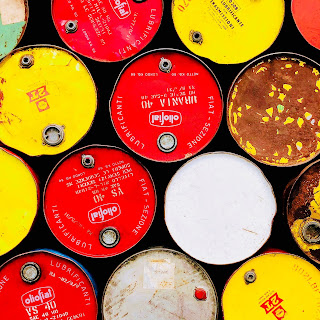Study: Methane From Fracking Sites Can Flow to Abandoned Wells
From Phys.org:
Connect with us on Facebook and Twitter!
Follow @EnergyNewsBlog
As debate roils over EPA regulations proposed this month limiting the release of the potent greenhouse gas methane during fracking operations, a new University of Vermont study funded by the National Science Foundation shows that abandoned oil and gas wells near fracking sites can be conduits for methane escape not currently being measured.
The study, to be published in Water Resources Research on October 20, demonstrates that fractures in surrounding rock produced by the hydraulic fracturing process are able to connect to preexisting, abandoned oil and gas wells, common in fracking areas, which can provide a pathway to the surface for methane.
A recent paper published in the Proceedings of the National Academy of Science showed that methane release measured at abandoned wells near fracking sites can be significant but did not investigate how the process occurs.
"The debate over the new EPA rules needs to take into account the system that fracking operations are frequently part of, which includes a network of abandoned wells that can effectively pipeline methane to the surface," said the new paper's lead author, James Montague, an environmental engineering doctoral student at the University of Vermont, who co-wrote the paper with George Pinder, professor of environmental engineering at the university.
The study focused on an area in New York State underlain by the Marcellus Shale formation, which had been fracked until a ban went into effect in the state in the summer of 2015.Click here to read more.
Connect with us on Facebook and Twitter!
Follow @EnergyNewsBlog


